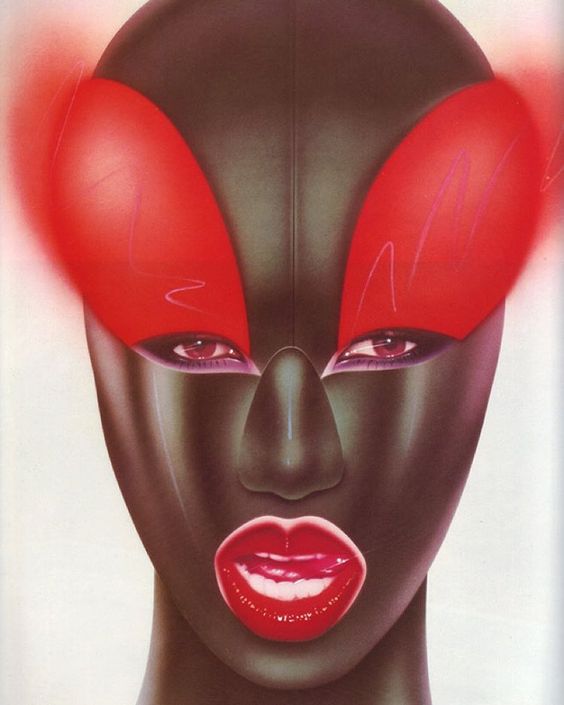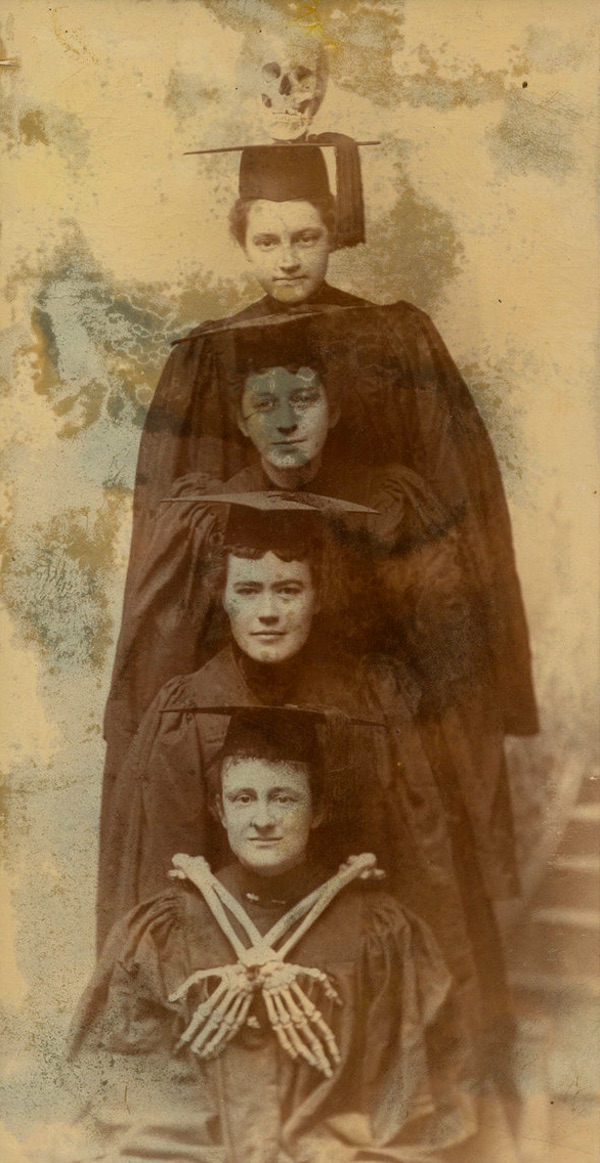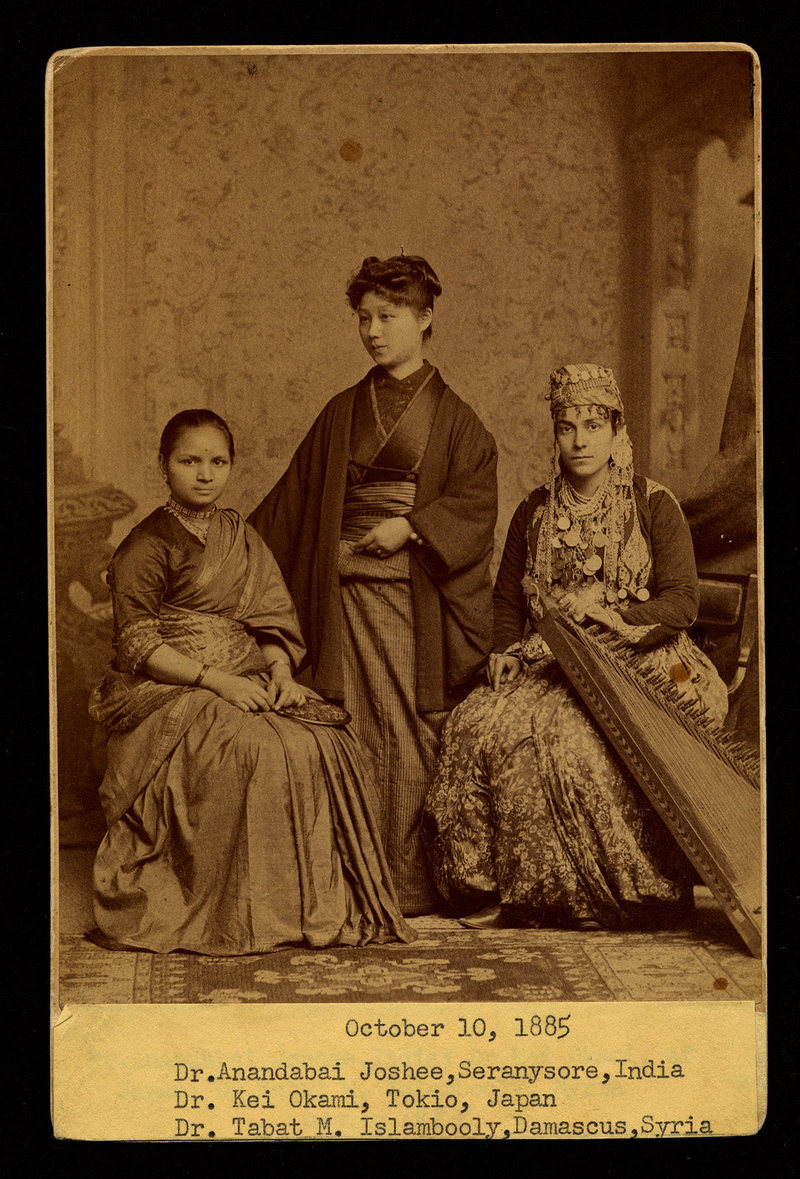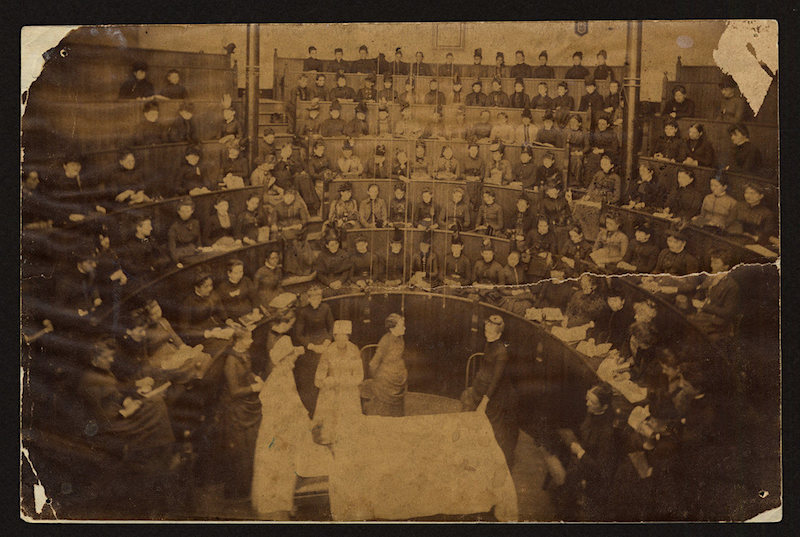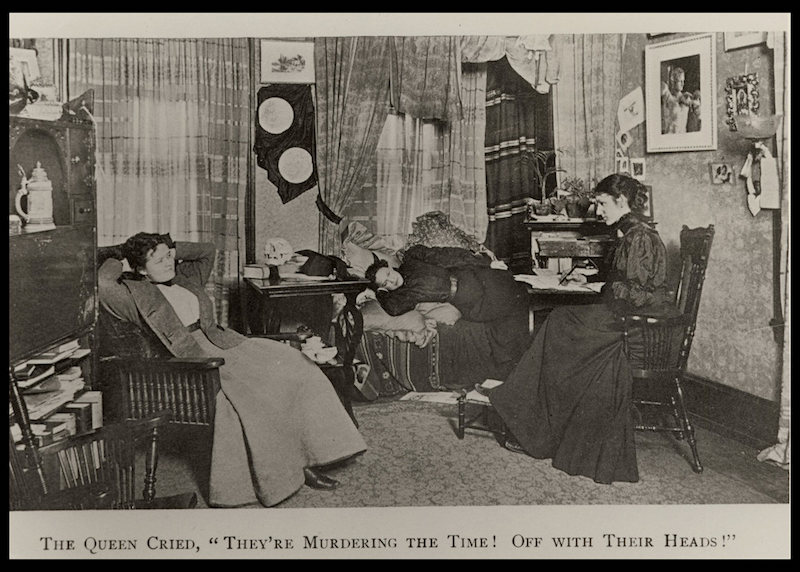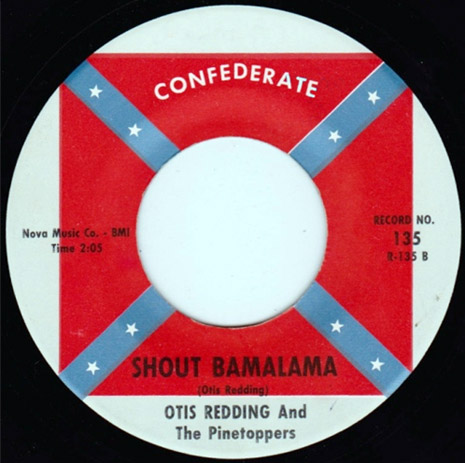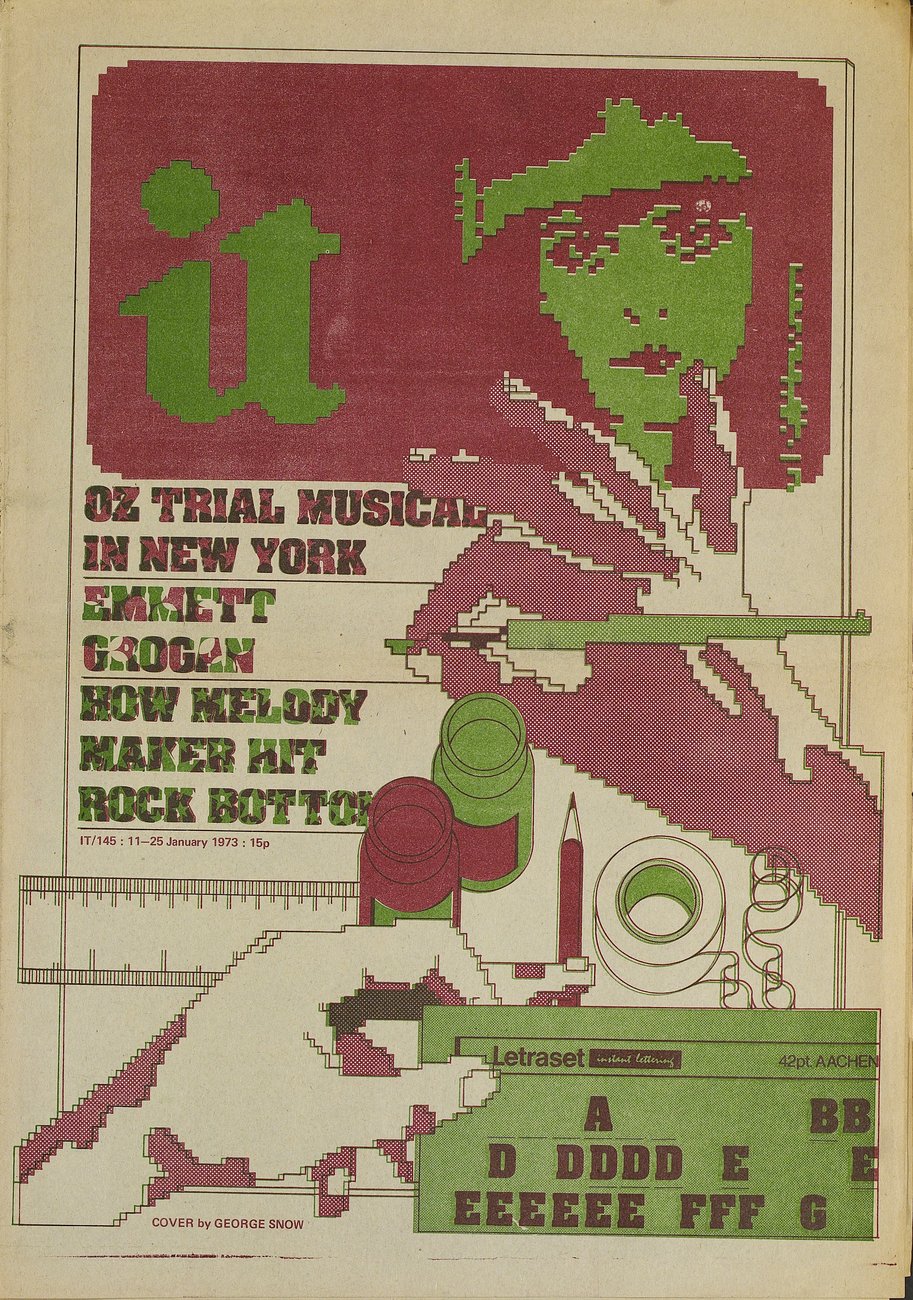
Scene: A medical facility in California, December 1960. Dr. Oscar Janiger, a research professor at the University of California-Irvine, carries out a series of investigations into the impact of Lysergic Acid Diethylamide 25, or LSD to you and me, on the creative processes. Janiger enlisted a variety of artists, writers, and actors as test patients, tasked with discovering the drug’s potency. Among those who signed-up for the trials was an artist named Burt Shonberg who had two sessions with Janiger. During his first session, Shonberg received an injection of 100ml of LSD. This led him to see a hidden structure to the universe where “Humanity is literally hypnotized by the Dream Reality of momentum caused by life (meaning external influences).”
There is an illusion of movement in life which is not the truth. This all relates to so-called time. Time is motion—is evolution. One might say that the Big Criminal in all this is identification. To be apart from the form is the answer to real vision—consciousness. To be awake is to be really alive—to really exist.
March 1961: Janiger carries out a second experiment with Shonberg upping the dose of LSD to 150ml. At first, the artist didn’t think the trip was working but suddenly he was propelled into an experience that led him to believe he had left the clinic and had witnessed an undiscovered world where giants danced in the sky. He quickly understood that this “psychedelic experience” could “possibly reach to actual magic and beyond.”
There are, of course, certain things that one experiences in the transcendental state that are not possible to communicate in the usual way, so new types of parables would have to be created to get the message through. These discoveries I refer to could be insights or revelations into various aspects of the world we live in, nature, the mind itself, the universe, reality, and God.
The experiments radically altered Shonberg and his approach to painting. He continued his own experiments with LSD which eventually led him to believe he was, in fact, a living embodiment of Baphomet—“a divine androgyne, a unification of light and darkness, male and female and the macro and microcosm,” or Aleister Crowley’s pagan, pre-Christian deity, or “the Devil in all his bestial majesty.”

‘Waking State Consciousness’ (1965).
Burt Shonberg was born on March 30, 1933, in Revere, MA. He had a talent for art and started his artistic studies before enlisting in the U.S. Army. After his discharge in 1956, he continued his studies at the Art Center of Los Angeles. He had interest in the occult, UFOs, and horror movies, in particular, Frankenstein’s monster which was a suitable avatar for his life and work as a creature made from disparate elements with no understanding of his true significance. His paintings drew various admirers including Forrest J. Ackerman who signed him to his talent agency and introduced him to the film world. He gained respect and began painting murals for a selection of hip nightclubs and coffee houses including Theodor Bikel’s Unicorn Cafe, the Purple Onion, the Bastille, Cosmo Alley and Pandora’s Box, eventually opening his own venue Café Frankenstein in 1958 at Laguna Beach, CA, where he decorated the walls and windows with startling imagery of his favorite movie monster.
As his reputation grew, Shonberg started a relationship with Marjorie Cameron—widow of the notorious rocket pioneer, occultist, and Crowley-devotee Jack Parsons. Cameron believed she was Babalon incarnate and initiated Shonberg’s interest in magick and the occult. Together they started an artist’s colony called ERONBU—a name composed from “camERON+BUrt.” But Cameron was a “Lady Macbeth figure, with hooks in Burt that penetrated deep,” and their relationship was doomed to failure.
His mural work drew the attention of independent movie-maker Roger Corman who hired Shonberg to paint the family portraits for his film version of Edgar Allen Poe’s The Fall of the House of Usher starring Vincent Price. Corman and Price (an avid art collector) were deeply enamored of Shonberg’s work, which led to more movie, magazine, and album cover commissions in the sixties and seventies.
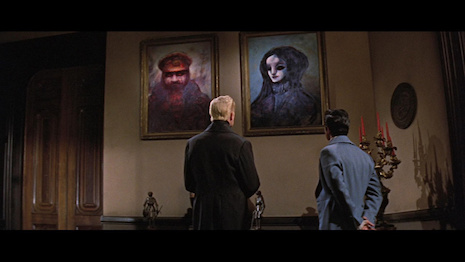
Vincent Price in front of two of Shonberg’s portraits for Roger Corman’s ‘The Fall of the House of Usher.’
Biographer Spencer Kansa was hipped to Burt Shonberg when writing his biography of Marjorie Cameron. Kansa is an acclaimed novelist, writer, and outsider maverick who is ideally positioned to write the first major biography of Shonberg, Out There: The Transcendent Life and Art of Burt Shonberg.
Spenser Kansa: I discovered Burt’s work while I was researching my biography of Marjorie Cameron, Wormwood Star, in Los Angeles in the mid-2000s. I knew they’d been lovers but I got to meet two of Burt’s chums who raved about him and showed me some examples of his incredible artwork. And the more I got to know about him, the more I realized I just had to chronicle his life story once the Cameron biography was completed.
DM: Why do you think Shonberg is important?
SK: Firstly, he’s the pre-eminent psychedelic artist of the 1960s. Plus he’s an intriguing figure who straddles a mid-century cultural nexus that encapsulates the rise of alternative religions, the UFO phenomenon, the Beat Movement, the popularity of monster movies, sixties counterculture and psychedelia.
DM: How did he meet Marjorie Cameron?
SK: My educated guess would be that they probably met at the Unicorn, L.A.’s first beatnik-era coffeehouse, which stood next door to what became the Whisky a Go Go on the Sunset Strip. Burt designed its décor and menu and Cameron was known to frequent the place, as well as the bookshop upstairs.

‘Self Portrait’ (1958).
DM: What was Shonberg’s relationship to drugs? How important were they to him?
SK: His mural work was often quite time-consuming and laborious, and amphetamines helped fuel the necessary energy he needed to complete such undertakings, without losing his concentration. He would stay up for days at a time working on pieces, and his speed usage helps explain why he was so industrious and prolific. His use of hallucinogens, firstly, peyote then LSD, sparked his inner visions, and on canvases like “Seated Figure and a Cosmic Train,” he captured his transcendent state in such a moving and powerful way that many of his contemporaries, who’d also experienced such altered states, instantly related to it. Also, it’s important not to forget that he was able to translate onto the canvas, not only the occult and Crowley-inspired themes he’d been exposed to by Cameron but some rather weighty metaphysical concepts, particularly those deriving from his deep interest in Gurdjieff’s Fourth Way system.
More from Spencer Kansa talking about Burt Shonberg, after the jump…

